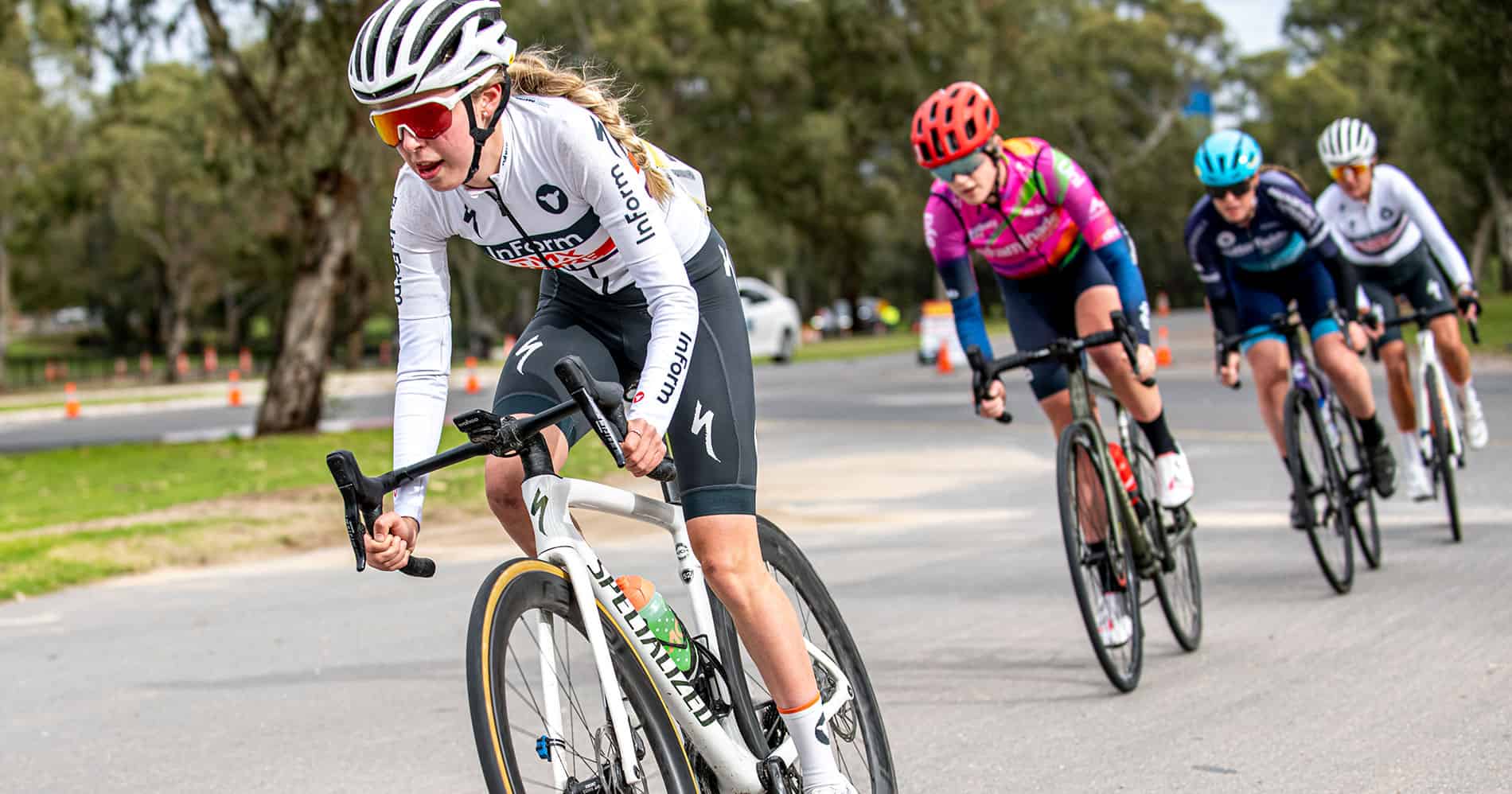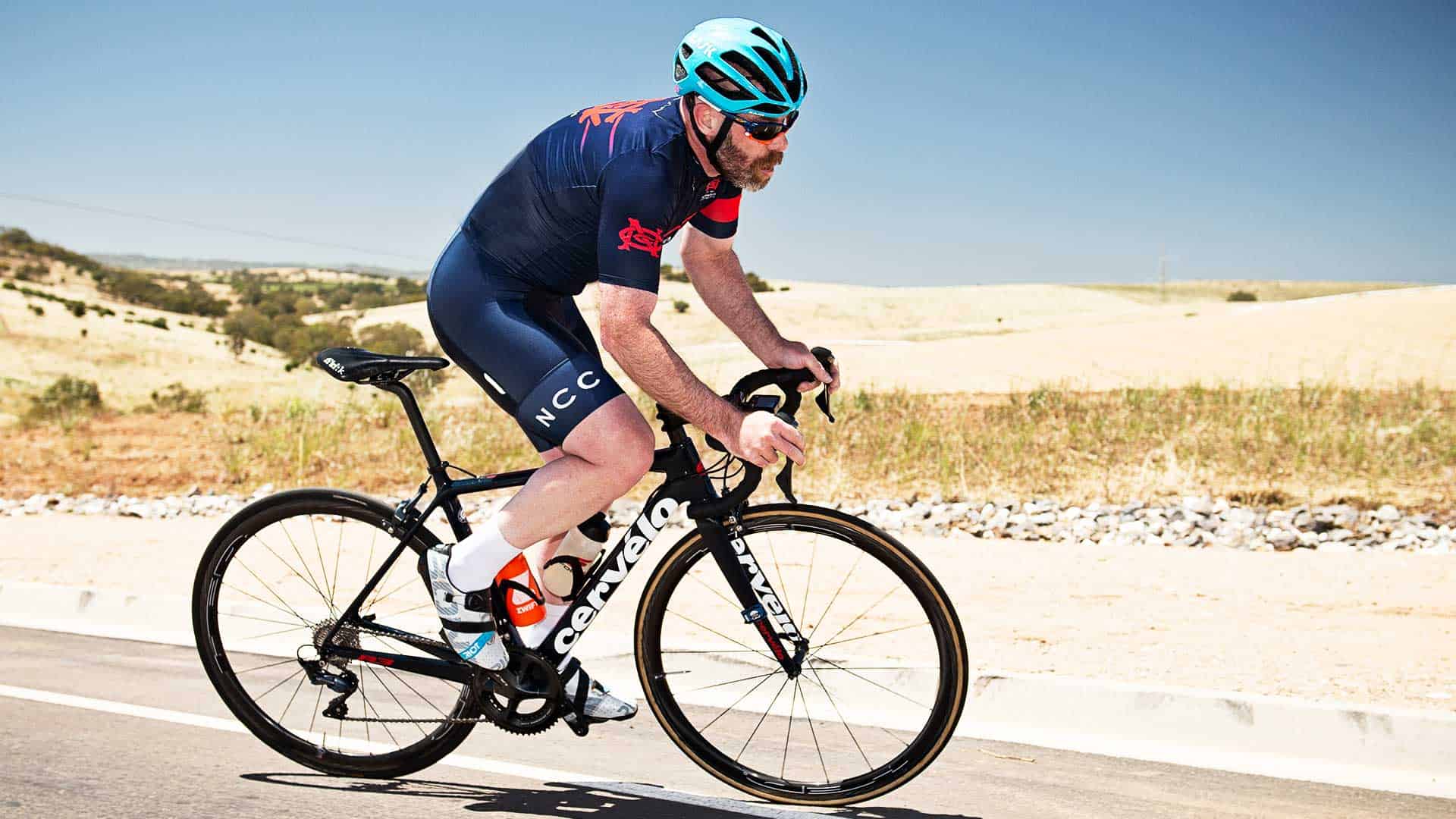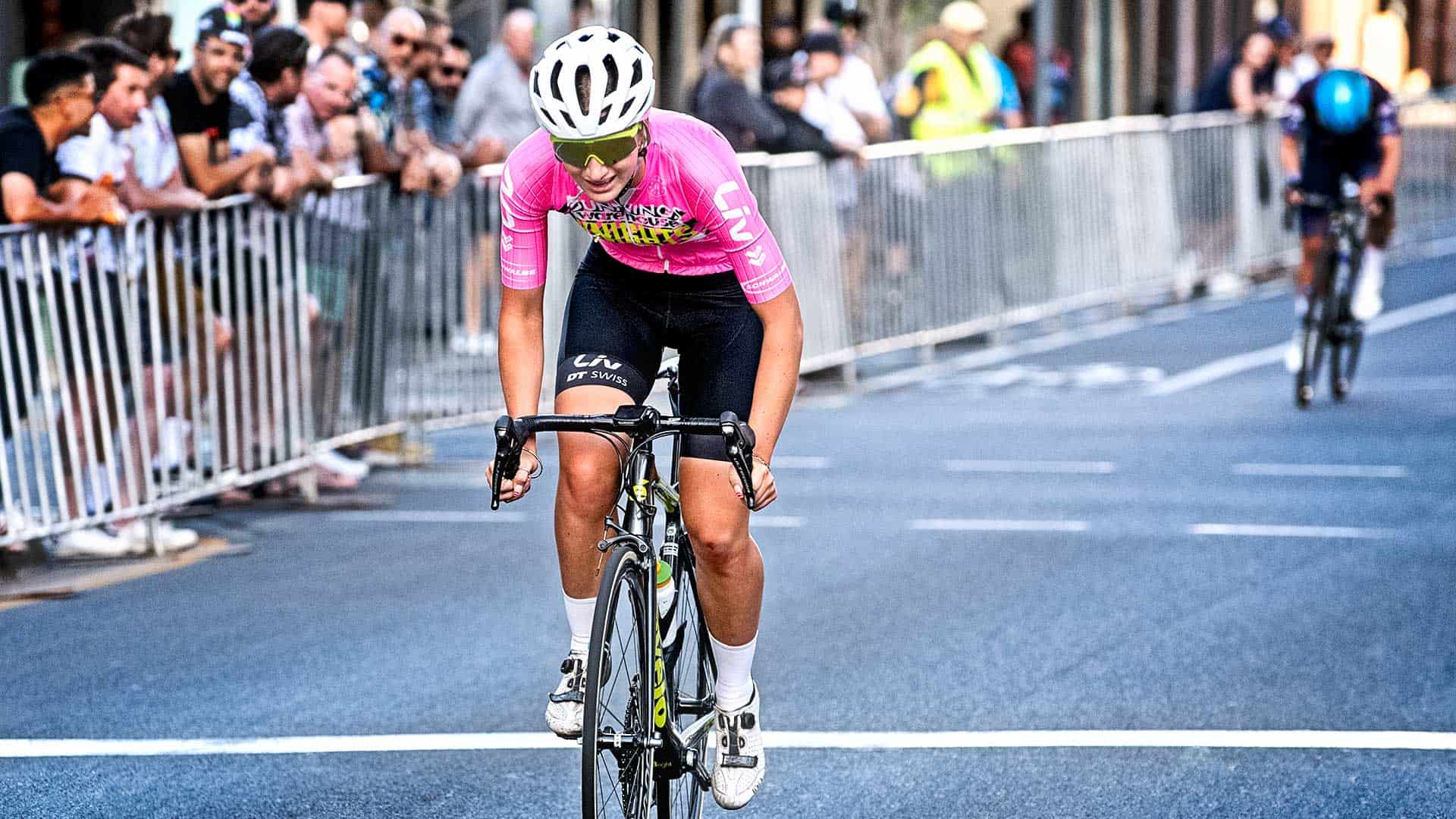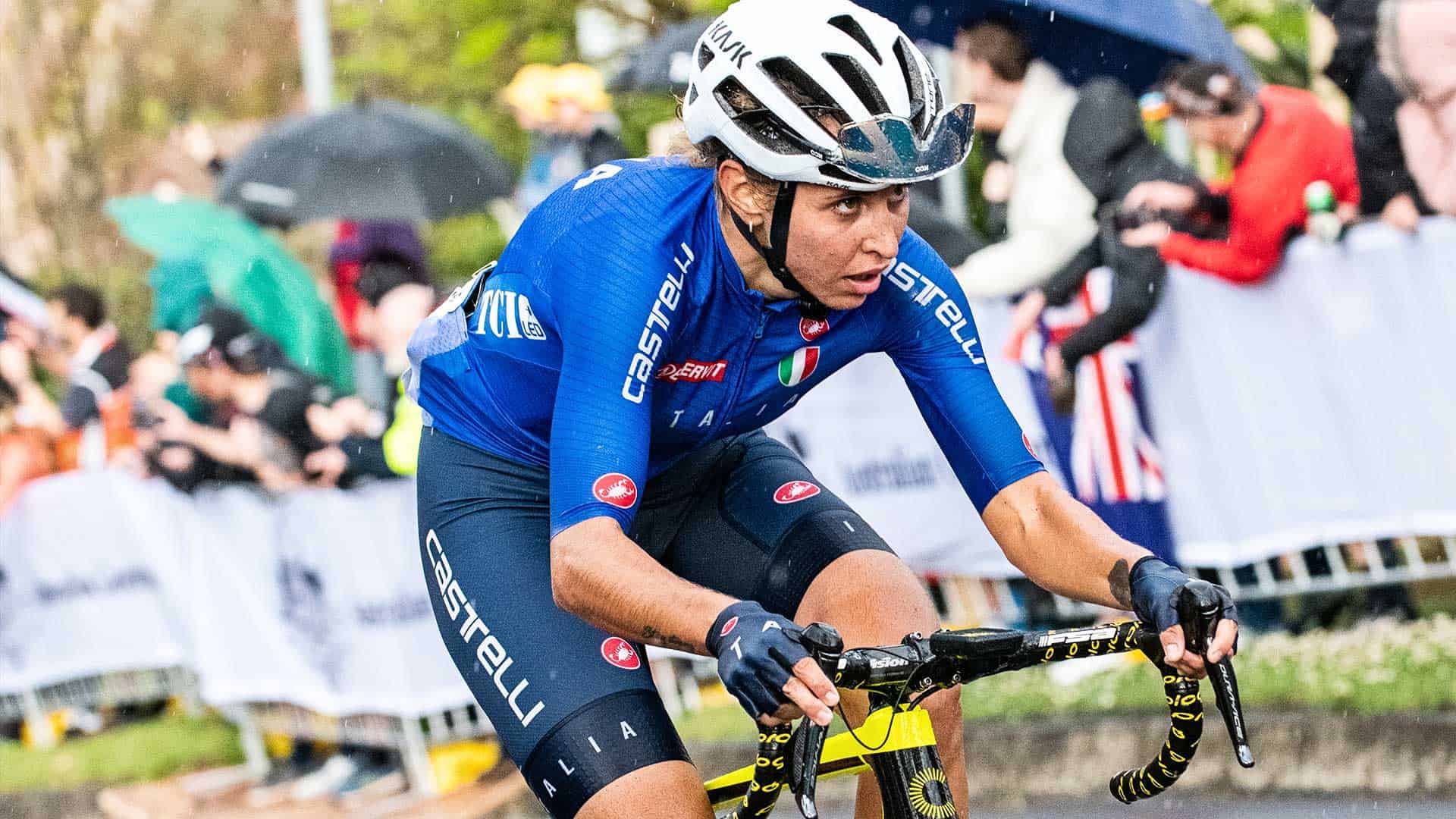In this article I discuss whether high intensity training or long slow distance is the best training for cyclists. It is based on the data that we have collected over the last three years.
So, we have two types of training methods that are very popular in cycling. High-Intensity Training is a lot more intense than Long Slow Distance but both have their benefits and I’m going to show you what kind of differences there are.
If you were wondering about training zones that you have been reading about in books and online many describe “tempo” type zone, however, neither mentions time restrictions in this zone. Which is a better zone to get fit for cycle races and triathlons?
The E3 zone is a great training zone and provides the stimulus for good fitness adaptation. While base training in REC, E1 and E2 zones will help your fitness we have found it important to have people on our program perform short intervals in E3 and Vo2max zones to maximise their training time and quickly get results.
There are two main camps of training techniques. One that favours long slow distances and the other that favours high-intensity training.
Based on the data that we have collected over the last three years we have found that doing both provides the best performance improvement.
The E1 and REC training provide a solid base of fitness, you then need to add E3 and Vo2Max training to develop good racing fitness as well as great performance improvements for recreational riders.
In the E3 training zone you will be doing short high intensity intervals. The key to success in this zone is being able to do 3-4 minute hard efforts. You should be able to maintain your form for the whole interval and hold on for 3-4 minutes before you have to rest. If you can’t do these short efforts then it will be difficult to improve your fitness.
The E1 zone has been used for many years as a base for endurance training. Following our research into VO2max training we have noticed that recovery is an important part of any training program and that a good recovery is essential. Recovery takes place during the E1 zone and recovery can take up a large part of your training time during this zone as well as making sure you are fully recovered before coming back into E3 or VO2MAX zones again.
In the E3 zone, you will be doing harder. The key to success in this zone is being able to maintain your form for the whole interval and hold on for 4-6 minutes before you have to rest. If you can’t do these long efforts then it will be difficult to improve your fitness.
The E1 zone has been used for many years as a base for endurance training, however not enough attention has been given to the time spent in this zone, especially with regard to recovery. In the E1 zone you will be doing longer steady efforts at a slow pace with little change in effort. The key to success in this zone is being able to maintain your form for the whole interval and hold on for 6-8 minutes before you have to rest. If you can’t do these long efforts then it will be difficult to improve your fitness.
During the recovery period, the key to success is to give the body enough time to recover. Recovery should be around 30-60 minutes and it will take a few days before you can do a full workout again. This allows for rest, muscle repair and for the body to adapt to the demands of training.
Recovery is also where you will find your VO2max (maximum oxygen uptake) which is the fitness level at which you can use most oxygen in your body and/or use it efficiently. It is this zone that will help determine how well you can train at higher intensities so it’s important that you don’t overtrain.
In our experience, the E3 zone is a great training zone and provides the stimulus for good fitness adaptation. While base training in REC, E1 and E2 zones will help your fitness we have found it important to have people on our program perform short intervals in E3 and Vo2max zones to maximise their training time and quickly get results. Based on the data that we have collected over the last ten years we have found that doing training in all zones provides the best performance improvement.
A description of Heart Rate Zones can be found here
E1 and REC training provide a solid base of fitness, you then need to add E3 and Vo2Max training to develop good racing fitness as well as great performance improvements for recreational riders.
Other articles of interest:
Slow Down To Speed Up Your Hill Climbing – Cycle Up Hills Fast
Difference Between Training with Heart Rate and Power
How To Work Out Your Cycling Heart Rate Zones






Leave A Comment